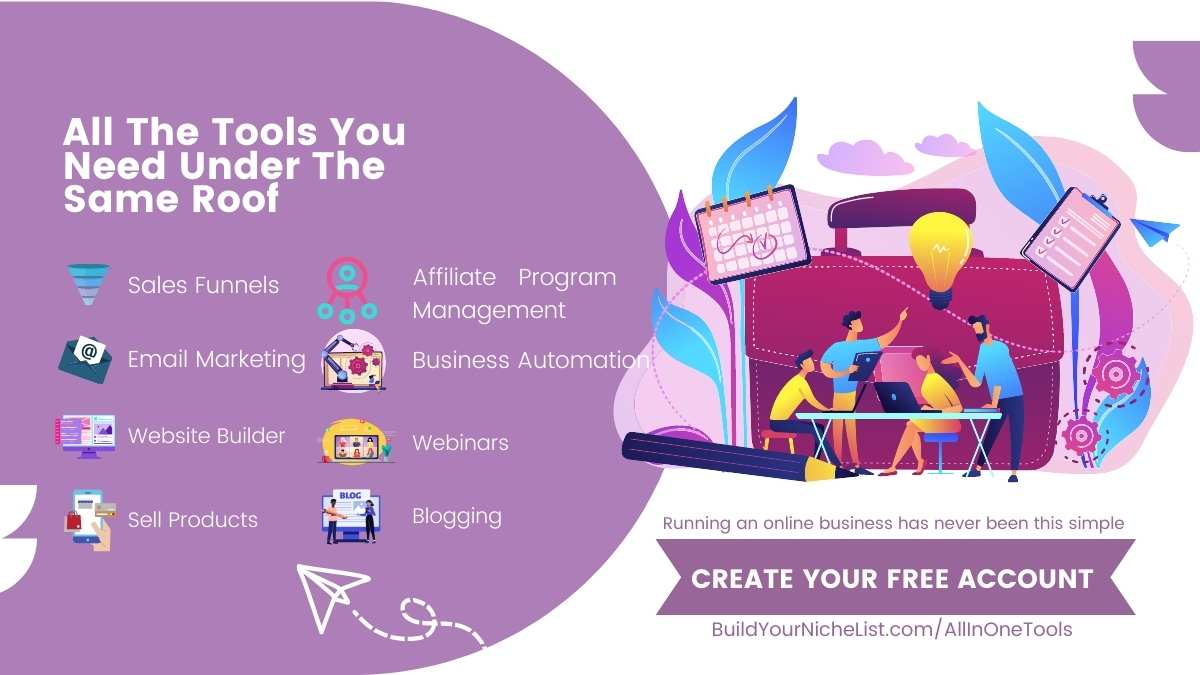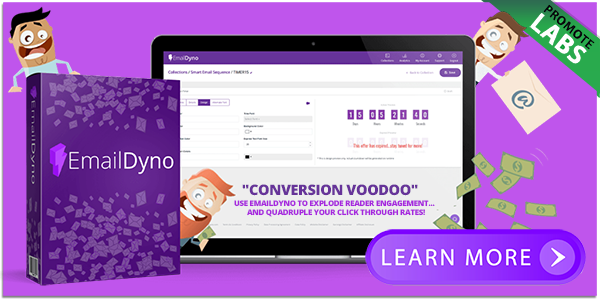This may sound like a "duh" step in your marketing prospect, but not having an…
Customers Are King: Are You Giving Them the Royal Treatment?
[ad_1]
As memories of the holiday season fade, the focus has now shifted to improving sales in the year ahead. But as competition expands globally and consumer expectations become even more demanding, this can be a daunting task.
Today’s consumers expect more from retailers: relevance, ease of purchase, mobile-friendly engagement, convenient shipping and return policies, availability, engagement and overall value, just to name a few. While this may seem overwhelming, it’s likely you already provide some of these features and services. Now take that next step and truly make 2017 the year of the consumer.
Audit Your Engagement Tactics
The first step in this plan is to analyze your marketing programs and find the gaps in your consumer touch points. Do you use social platforms, and if so, which ones? From an email perspective, how many messages do you send each week? Do you have lifecycle messaging, and if so, which messages are you sending? Which ones are missing?
When was the last time you bought from your own brand? Go ahead and do it! Make a purchase and analyze every stage from the eye of the consumer, from transactional messages to packaging. Do you offer an experience that helps create loyalty? Identifying potential weak points in your customer journey can help you begin to fill your immediate needs.
Size Up Your Competition
Now that you have reviewed your own customer touch points, how do they compare to your competitors? What value do you provide that they don’t? How do your shipping and return policies differ, and are you communicating these differences to consumers?
What marketing automation does your competition have in place? It’s easy to find out. Sign up for their email programs, and wait for the messages to roll into your inbox. Take a look at their welcome series and their cart and browse recovery messaging. Reply to an email and ask a product-specific question to see what the response time is like. How else do they communicate from a customer service perspective? Do they offer live chat, 24-7 phone support or active social channels? Don’t forget to make a purchase and evaluate their customer experience. Do they have an automated post-purchase series? How does it compare to yours?
Adapt Your Lifecycle Messaging
Lifecycle messages are a great part of a customer-focused marketing plan, but as consumer behavior changes, your strategy behind those messages should shift accordingly. For example, does your welcome series speak to all newly acquired contacts with generic content or target them differently? Does your email content relate to what they were viewing when they signed up or what they clicked on in your welcome email? If not, give such messages a try.
Does your cart recovery strategy take into account the differences in your shoppers? For example, the abandoners carting $700 worth of products are much different than those abandoning $30 worth of products. Do you tailor your messages for each audience? Examine all of your automated messages to determine if your strategy needs to change at all.
Optimize Your Promotional Messaging
Now that you’ve identified your gaps and assessed your lifecycle messages, focus on improving your promotional emails. How can you make them more relevant, especially if you are sending batch-and-blast messaging? Including product recommendations, purchase data or social media content can make these common messages more engaging for the subscriber and more effective for your brand.
Take Advantage of Social Media
Creating an online connection between brand and consumer has always been a challenge for retailers, but social media has significantly bridged that gap. What social platforms do you use? Are they the channels your customers use? Do you monitor your accounts and respond to inquiries? Do you proactively engage with users? Consumers are interacting with social platforms much more frequently than they do with your website and emails. Use them to your advantage and actively engage with your audience.
Implement a Browse Behavior Strategy
While I addressed automated email marketing, the process of capturing and using browse behavior is a strategy that deserves a little more focus. Much like cart recovery, these messages are naturally relevant to the recipient as they target subscribers with emails based on what they were browsing. But as they haven’t yet carted a specific product, you have more room to be creative with your messaging and cross-promote related items. After all, you know they are shopping, but you may not know for which specific product they are shopping for. If they are not yet part of your arsenal, you should strongly consider introducing them.
What’s It All For?
By offering an endless stream of discounts to attract customers, retailers have backed themselves into a corner. While this has implications all year round, this approach has dramatically reshaped the holiday shopping season by turning one-time stand-alone days, such as Black Friday, into a Gray November. The offers never stop, and therefore, they no longer stand out.
By taking the time to evaluate and optimize your strategy to focus on the customer, you’re giving them what they want, while attracting new customers and strengthening customer loyalty in the process. Having a dedicated focus on consumers allows you to test adjustments to your discounting strategy and attempt to retake your margins.
One retailer I recently spoke with took this approach and did not discount at all this past December. Not only did they see an increase in sales, they significantly increased profits. According to the retailer, it was a “gamble worth testing” that ultimately allowed them to take greater control of their own revenue destiny.
Consumers expect more. The ways they engage are evolving, and the competition is heating up. Being customer-centric is no longer a nice to have – it is essential. Dedicate time and effort to providing your customers with the best experience possible, and make 2017 the year of the consumer.
[ad_1]




